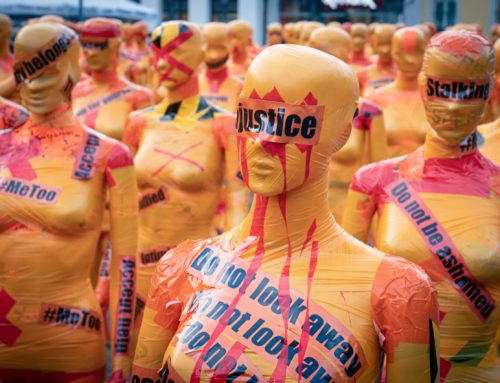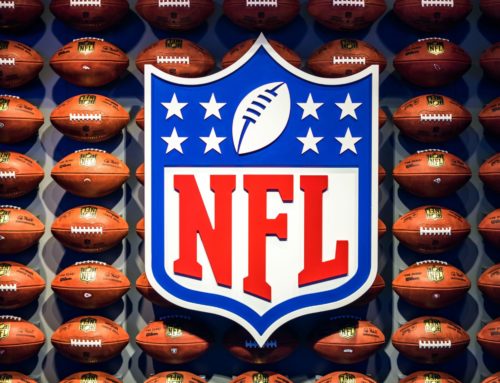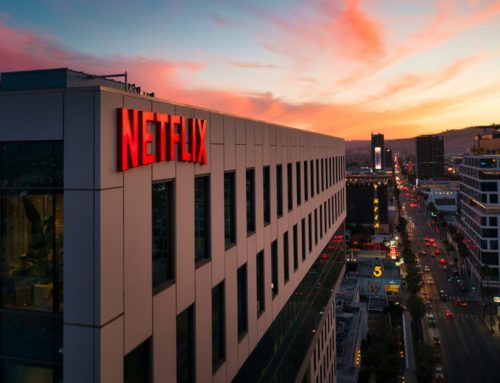When people think of priceless artworks and private collections, art gallery events and Sotheby’s auctions often come to mind. However, thanks to the new Netflix series ‘This Is a Robbery’ the general public is becoming more aware of just how crime-ridden the art world can be. From money laundering to fraudulent copies of multi-million dollar paintings, we’ll pull back the curtain on two historic cases of white collar crime in the art world.
One of the now infamous cases, as outlined in the Netflix show, is the 1990 grand heist of the Isabella Stewart Gardner Museum in Boston. A total of 13 works, ranging from historic battle items once owned by Napoleon to one-of-a-kind Rembrandt paintings, were stolen from the museum by two thieves disguised as police officers. These objects were valued at over $500 million, making it one the largest art heists in the world. The Boston Police Department and the FBI were brought in to investigate and had a long list of suspects, including heads at the Boston Mob and the Irish Republican Army (IRA), with suspicions that they stole the art to trade them for weapons on the black market. Despite a three-decade-long investigation, and a $10 million dollar reward for information, still no individuals were charged with the theft.
More recently, the art world got another shake up when The U.S. Senate released a report outlining how Arkady and Boris Rotenberg, two Russian oligarchs that ran in President Vladimir Putin’s tight-knit circle, allegedly evaded sanctions by making more than $18 million in high-value art purchases made through auction houses and private dealers in the U.S. Investigators claimed the Rotenbergs purchased the multi-million dollar artworks through shell companies. In March 2014, President Obama gave both Rotebergs sanctions as a trade-off for the annexation of Crimea by the Russian government.
The art world has been an ideal space for illicit financial activities because “art sales through auction houses are not subject to anti-money laundering provisions in the Bank Secrecy Act” states a recent CNN article. The art world’s high-price tag transactions and history of anonymity have made it ripe for white collar crime. In fact, the Senate report states that “art sales surpassed $64 billion around the world last year (2019), with 44% of those taking place in the United States, according to Art Basel and UBS”.
Art collectors should consult with a legal team to ensure their assets are secured and their tax payments are accurate as the government has proposed a bill to Congress that calls for increased scrutiny into the art market. Give us a call at (305) 455-5206 to set up a confidential consultation with our team.





